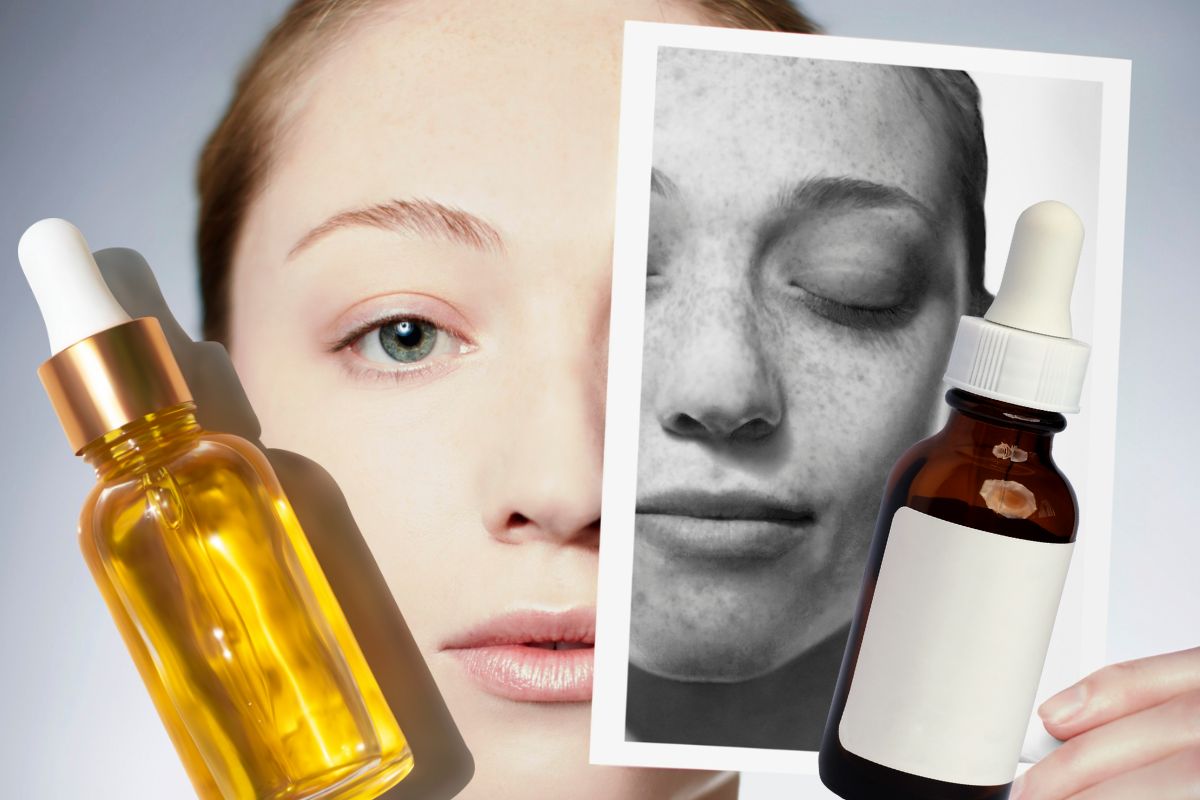
How to Use Face Serums Like a Dermatologist?
How to Use Face Serums Like a Dermatologist
Face serum? Isn't it just something you apply to your face and call it a day? Do you really need a special technique to use a face serum? You might be asking these questions. Over time, face serums have become a key part of skincare routines, and many people now see serums as essential. But why is it important to use them the right way? In this guide, we'll explain what face serums are, their benefits, how to choose the right one for your skin, and the best ways to use them effectively.
What Is a Face Serum?
Defining a face serum isn't always straightforward. Some people describe it as a product packed with ingredients targeting specific skin concerns, while others emphasize its lightweight formula. To put it simply, serums are concentrated solutions. Since they are rich in active ingredients, they’re designed to address particular skin issues effectively, making them a go-to product for targeted skincare.
Types of Face Serums
Face serums come in various types, each designed to target specific skin concerns. Here are the most popular types:
1. Vitamin C Serum
This serum is great for brightening your skin tone. With its antioxidant properties, it helps create healthy, radiant skin.
Example: La Roche-Posay Pure Vitamin C Serum

2. Hyaluronic Acid Serum
If your skin feels dry, this serum is a lifesaver. It deeply hydrates your skin, making it perfect for dry autumn and winter months.

Example: CeraVe Hydrating Hyaluronic Acid Serum
3. Niacinamide Serum
Niacinamide is ideal for calming irritated skin and reducing breakouts. It also minimizes pores and controls oil production.
Example: Anua Niacinamide 10% + TXA 4% Dark Spot Correcting Serum

4. EGF Serum
EGF, known as the epidermal growth factor, promotes skin regeneration, improving elasticity and reducing redness.
Example: CELORABY Rejuvenation™ 4GF Derma Repair Hydro Serum

Tips for Using Face Serums Properly
1. Cleanse Your Skin Thoroughly
Proper cleansing is the first step for effective serum absorption. Remove makeup and impurities to create a clean canvas for the serum.
2. Use a Toner Before Applying Serum
After cleansing, use a toner to prep your skin. It helps balance your skin's pH and ensures better absorption of the serum.
3. Less Is More
Since serums are highly concentrated, you only need a small amount—2–3 drops per use. Avoid over-applying to prevent waste or irritation.
How to Choose the Right Serum for Your Skin
1. Dry Skin
Hyaluronic acid serums are perfect for hydrating and soothing dry skin.
2. Oily Skin
Niacinamide serums help control excess oil and reduce shine.
3. Pigmentation or Dark Spots
Combine Vitamin C and EGF serums to brighten and regenerate your skin.
Things to Watch Out for When Using Face Serums
1. Always Test Before Use
Before applying a serum to your face, test it on your wrist or under your jaw to check for allergic reactions, especially if you have sensitive skin.
2. Avoid Overusing
For potent serums like Vitamin C or retinol, less is more. Apply thin layers for better absorption and effectiveness.
3. Store Properly
Many serums are sensitive to light and heat. Keep them in a cool, dark place to maintain their efficacy.
4. Prevent Contamination
Use droppers or applicators correctly. Avoid direct contact with your skin to keep the serum free from bacteria.
Conclusion
Using a face serum the right way can maximize its benefits and make a noticeable difference in your skin. Since serums are concentrated and often pricey, proper usage ensures you get the most out of them. As skincare trends evolve, multi-functional serums like CELORABY’s 4GF Serum, which combines EGF and Niacinamide, are gaining popularity. Start your skincare journey today with a serum tailored to your needs!

